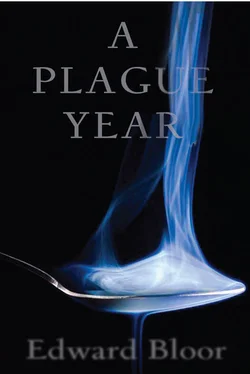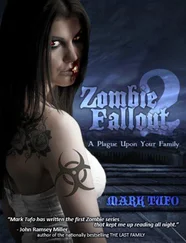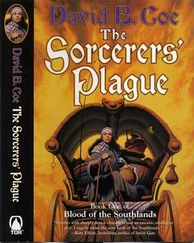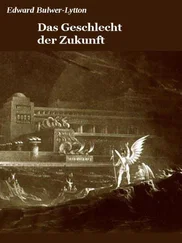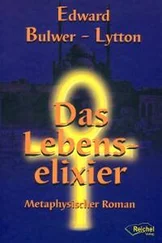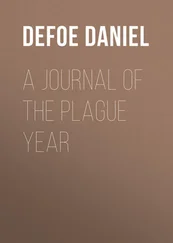“What?”
“Like Rambo.”
“Like Rambo? No.”
“Like James Bond in a spy-pimped minivan or something.”
I was surprised that I could laugh. “Yeah. Maybe that.”
“I didn’t know you could drive.”
“I can’t. Not for eighteen months.”
“But who’s counting, right?”
“Right.”
We arrived at Mr. Proctor’s door, and I followed Arthur inside. If Arthur was embarrassed to be there among ninth graders, it didn’t show.
Mr. Proctor is both a first-year teacher at Haven and a grad student at Blackwater University. He’s working on his master’s degree in English. He told us that he is from Philadelphia but he likes it better out here. (He didn’t say why, and I couldn’t imagine.)
Anyway, he teaches ninth-grade English. Ninth grade plus Arthur Stokes.
Last week, the first week of school, he got my attention by covering all of early American lit in just a day. He summed up the Puritans in two sentences: “They suffered, and they died. Let’s move on to something good.”
That was it. I loved it.
In Friday’s class, he had had a brief discussion with Arthur about Shakespeare. He asked him, “Mr. Stokes, what did you like or dislike about Shakespeare?”
“Uh, I disliked that I couldn’t understand it. It wasn’t in English.”
“Sure it was.”
“Yeah, but like Old English.”
“No. Shakespeare is neither Old nor Middle English. It is modern English.” He smiled. “Didn’t you at least like all the sex and violence?”
“Maybe if I’d understood it.”
“Because I need to assign some Shakespeare to you this year,” Mr. Proctor explained. “The rest of you will have to wait for it.” Then he pointed to someone in the back. “Yes?”
A girl’s voice answered, “I really like Shakespeare.”
“Good. What plays have you read?”
“All of them.”
Mr. Proctor sounded impressed. “You have? All thirty-seven?”
“Yes,” the girl assured him. She sounded very confident.
As those two continued to talk, Mr. Proctor passed out copies of a paperback book. When I got mine, I read the title, A Journal of the Plague Year .
“This is a classic novel by Daniel Defoe, who also wrote Robinson Crusoe ,” Mr. Proctor explained. “In this novel, people are getting killed by something mysterious.” He switched to a spooky, horror-movie voice. “Is it God? Is it the devil?”
Then he answered his own question: “No. It is a disease that spreads through London in the year 1665.”
The confident girl from the back asked, “Did you say this is a novel?”
“Yes.”
“But it’s called a journal, and it reads like it’s nonfiction.”
“It does seem like nonfiction, yes. The author was in London that year, and he did keep a journal. What you are holding is a story based on all that, but written afterward. It is a work of fiction.”
I finally turned around to match that girl’s voice with a face. She was really cute. And smart. And, as I mentioned, confident.
Mr. Proctor held up a memo. “Before we begin, I want to tell you about a change in the language arts curriculum this year. You are expected to write a lot, about four thousand words per month.”
Arthur let out a low whistle.
A new kid in a very tight Pittsburgh Penguins T-shirt raised his hand. He asked, “How many words is that a day?”
“I don’t know. I’ll let you do the math. One way you can achieve that total, though, is to write a journal for me for extra credit. So pay attention as you read this book. Think about how Daniel Defoe documented the history of a people and a place.”
The Pittsburgh Penguins kid asked, “What if you don’t have a journal?”
Mr. Proctor smiled. “A journal can be anything—a notebook, a pad, even loose papers that you clip together.”
The kid seemed relieved.
Arthur muttered to me, “No way. That’s too much work.”
But I didn’t think so. I had a new notebook from the Food Giant school supplies section, a small one that fit in my back pocket. I kind of liked the idea of a journal.
The Pittsburgh Penguins kid asked, “What if we write a whole lot and then we lose it?”
Mr. Proctor squinted at him, but then he explained patiently, “You can just tell me you did it. I’ll believe you.”
The kid sounded amazed. “Really?”
“Yeah.” He looked around. “You guys wouldn’t lie to me, would you?”
The kid laughed and answered goofily, as if for the whole class, “Oh no! No, we wouldn’t do that!”
Mr. Proctor then picked up a black erasable marker and wrote one word on the whiteboard: plague . “Okay, tell me, what is a plague?” No one said anything, so he looked at his seating chart. He asked that new kid, “Ben Gibbons, what is a plague?”
“Uh, it’s a really bad thing.”
Mr. Proctor laughed. “It is. It’s a really bad thing. So what are some really bad things that can come in plague form?” He turned to the whiteboard and assumed a writing stance. Still, no one said anything, so he wrote the word disease .
Then the cute girl in the back spoke up. She rattled off a list as Mr. Proctor wrote frantically to keep up: “Frogs. Locusts. Hail. Darkness. Death of firstborn males.”
Mr. Proctor muttered, “Good. Good. Some of the ten plagues of Egypt, from the Bible.” He pointed at the paperback. “Does anyone know what Daniel Defoe’s plague was called?”
He looked at the girl, like she was the only one who had any chance of knowing. When she didn’t venture a guess, he told us, “The bubonic plague. It decimated London, England, in 1665.” He looked around the room. “But what about nowadays, in the year 2001? What kind of plagues do we have now?”
He answered his own question again, before any of us could. “AIDS? Swine flu?”
Mr. Proctor put down his marker. He pointed out the window. “Listen. I have been reading about a new plague. And they do use the word plague to describe it. It is a plague of drug use, right here in small-town Pennsylvania. The drug is called methamphetamine. Has anybody heard of it?”
Nobody answered. Nobody had, I guess. Not yet.
“Okay. Well then, let’s go back a few hundred years and see what’s going on in Daniel Defoe’s England.” Then Mr. Proctor began to read A Journal of the Plague Year aloud.
The drug-counseling group that Lilly would attend every Monday, and that I would attend one time only, was held in a large conference room inside the school’s main office. In the middle of the room, there was a long table with about twelve chairs around it. There were another dozen or so chairs set back against the walls, nearly ringing the table.
By the time I arrived, the wall chairs were already filled, forcing me to be the first kid to sit at the table. I looked at the table’s only other occupant, an attractive woman dressed in a dark blue suit. She wore an expensive necklace, earrings, and watch. Her hair was swept up in a style that I would call French (although I’m not sure why). I figured, correctly, that she was the leader of the group.
I watched Lilly enter the room. Her nostrils were pulled back as far as they could go, like she was entering the smelliest place on earth. She took the seat opposite me. Then, as Mom had predicted, Arthur walked in. His face betrayed no emotion at all as he took the seat right next to me. I turned, but I hadn’t said a word when he told me, “Shut up. This gets me out of football practice.”
I glanced quickly around the room, seeing how many of the wall-huggers I could recognize. Many were high schoolers. Some actually looked like stoners, with scraggly hair, tattoos, piercings, heavy-metal T-shirts. But some were a surprise to me as, I am sure, Lilly and I were a surprise to them.
Читать дальше
